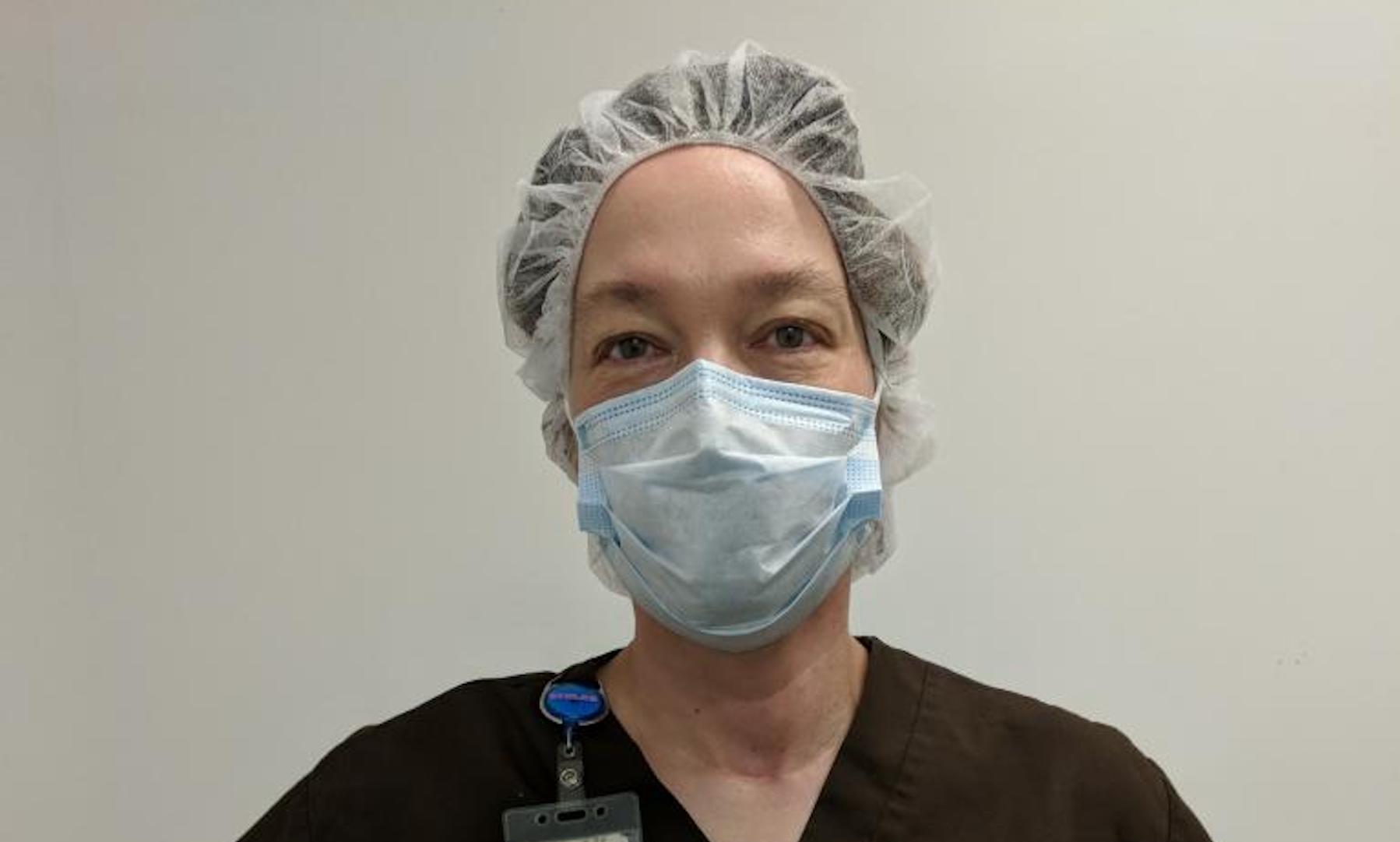Have you ever broken your leg? Or hurt a knee, hip, ankle or foot?
These kinds of injuries often serve as a sort of rude awakening. Before they happened, activities like walking, jogging or jumping required no thought. You just did them. But following an injury, you puzzle over movements that once came naturally, striving to avoid putting weight on a bone or joint that may no longer be capable of bearing it. Each step threatens a stab of pain and, worse yet, reinjury.
So, you proceed slowly, gingerly. You figure out the shortest path between two points. You rethink the things that once came so naturally, relearning with each stumbling step. That’s how things feel at the Oklahoma Medical Research Foundation these days.
Like so many businesses, OMRF shuttered all but the most crucial pieces of our operations for the better part of two months. Now, we are beginning the gradual process of reopening. And even as we take our initial, halting steps toward that goal, it’s difficult to imagine what that new normal will look like.
As a scientist who has transitioned into administration, I’m fortunate. I never had to board up the laboratory I ran for decades. Nor am I now faced with the dilemma of how to get the whole thing restarted – and under circumstances that I’d liken to an injured athlete trying to come back for the playoffs before making a full recovery.
The big challenges may surprise you. Science is not a solitary endeavor but, rather, one that requires frequent interactions. So, how do you enforce social distancing within research teams?
And how do you perform experiments with only half of your lab staff onsite? Can you teach a post-doctoral fellow a new experimental technique while standing six feet away, with both of you wearing masks? And will that postdoc even be able come to the lab with young children at home, a partner who also needs to work, and no available childcare?
Our 50 principal scientists each had their own ways of doing things. Those approaches were tailored to a world that, at least in the short term, no longer exists. So, those researchers are now in the process of figuring out how to hobble along in our new world.
That world will not include face-to-face lab meetings or journal clubs. You won’t find labmates huddled together preparing microscope slides, nor will you see senior scientists gathering to critique and refine the work of a promising protégé. With our Research Café locked down, there will be no impromptu lunchroom discussions that give birth to the next experiment or paradigm-shifting insight.
Like all businesses, we’ve created detailed reopening guidelines to help our staff navigate this next phase, which will begin at OMRF on May 18. Still, our basic ethos is pretty simple: Go onsite to do only those tasks that you can’t accomplish at home, stay safe and far away from others while you’re there, then go home and do everything else.
Is this the optimal way to perform medical research? Certainly not. But in this imperfect world, we’re doing our best to strike a balance between conducting necessary experiments and protecting our workforce and our community.
OMRF is fortunate, in that we don’t have customers (other than the patients in our clinics). So, unlike restaurants and other retail establishments, the ongoing viability of our business model doesn’t directly hinge on foot traffic. But we don’t exist in a vacuum. We can only investigate illnesses like cancer, Alzheimer’s, lupus and heart disease if our employees remain healthy, can send their children to school and childcare, and can purchase groceries and other necessities.
It’s said that good fortune deceives, while bad fortune teaches. If so, we should all learn a great deal in the coming months. But those first steps are never easy.



